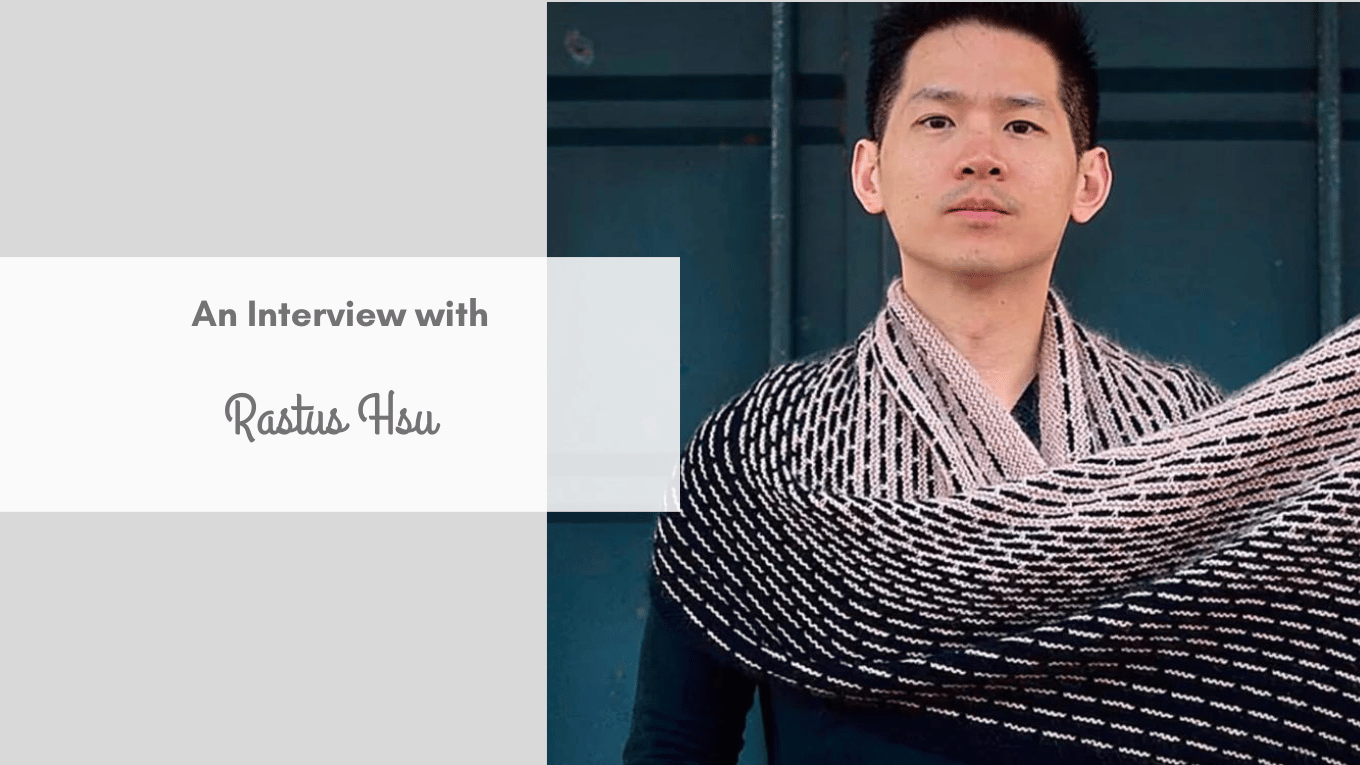An Interview with … Rastus Hsu
This is an interview with Rastus Hsu, Taiwanese knitwear designer – learn about Taiwanese life under the Chinese threat and about unisex knitwear design! (Find the German translation of this post here)
Last summer, I had the pleasure to interview Taiwanese knitwear designer Rastus Hsu on behalf of Pascuali. The occasion was Rastus‘ latest design: Oden Sweater, a stunning cabled sweater. The interview can be found here (English version) and here (German version).
I appreciate Rastus‘ designs, since they are simple, though stunning and with special effects. Structures are one of his main design elements, and it is thrilling to see how he turns architectonic structures and geometrical forms into knitting patterns.
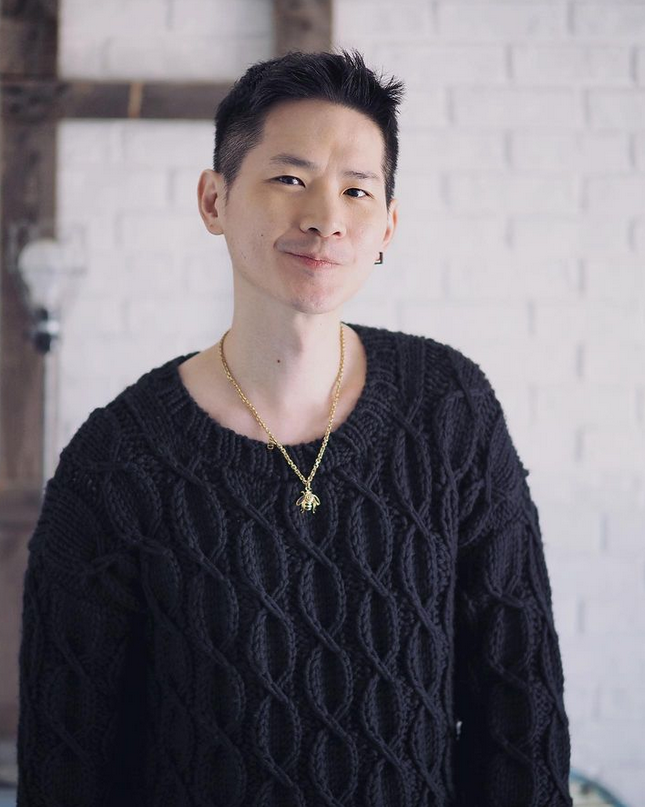
The back story to this interview with Rastus
In the course of the interview prepared for Pascuali, I read a news article in German Zeit Magazine about young Taiwanese and how they deal with the Chinese threat to invade their island. I was curious to get some first-hand information. Also, following the interview I made with Cozyknits and reviewing her book about Unisex knitting, I contemplated about unisex (and „male“ or „female“ designs). Rastus Hsu is a good source for both of the topics, so I invited him for a chat.
I am glad to share the interesing insights with my audience. This is a bit of a political interview at first, but we also have a chat about Unisex knitting design – so keep on reading!
Rastus, thank you so much for joining my blog interview!
We follow the political situation between China and Taiwan in German news, and I wonder how this dispute influences daily life on a tiny island like Taiwan, being threatened by giant China? Over here in Europe, we have had decades of relatively stable peace. Most of us cannot imagine the stress a concrete threat will have on peoples daily lives. How to you feel about this?
This is a very complicated situation and there is no clear answer to it, but the threat from China to take over Taiwan with force has been there since WWII and the martial law didn’t get lifted until 1987. I think Taiwanese people are kind of numb to it. There is no question of doubt that the worry is there, but Taiwanese people tend to move on and try to live lives like normal. It’s a tricky situation because the cultural and economic tide between China and Taiwan has been strong for years, the communist party knows that it would be very difficult for them to take over Taiwan with force so they are cleverly doing it with brain wash propaganda and want to slowly create a closer tide so that Taiwan can’t leave China and eventually will gladly return back to it willingly.
Do you think this plan worked out?
Things haven’t be going their way because the democracy developed, Taiwan has become one of Asian countries, if not the one, with most freedom and diversity. And more and more Taiwanese people don’t see ourselves as part of China. That’s why in 2016 and 2020 we voted for a Democratic Developed Party (DDP) which has a clear vision that Taiwan is it’s own country and they try to lessen the needs for Taiwan to depend on China. Of course, this angers the Communist party and since then they’ve been intensifying the threats by military provoking action and disrupting the economic movement. This in hope that normal Taiwanese people’s lives will be affected by earning less money and we will change our minds again in the next election to choose Kuomingtan (KMT) which is pro-China party.
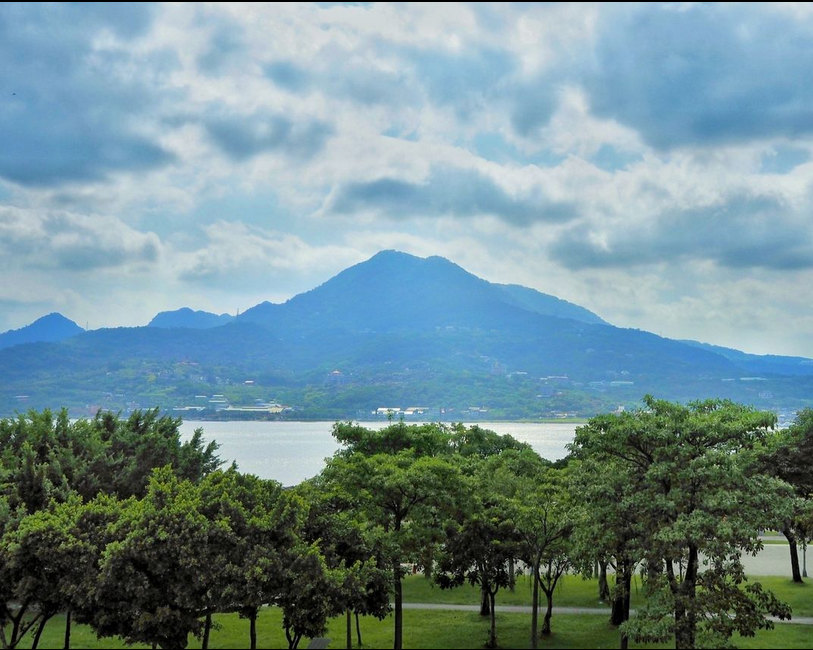
We know the conflict has been simmering for decades. What made the world turn its eyes to Taiwan recently?
The changing point for the world to hear about this is last year when American House Speaker Nancy Pelosi visited Taiwan in early August 2023. This caused China to further intensify their military threat and actions and because she is such an important and high profile figure the news made all over the world.
What is your personal opinion on the recent situation?
To be honest, in my personal opinion China is not very smart here. Because of their reaction, more and more people in the world are becoming interested in the Taiwan-China situation now, and I think most people would choose to support Taiwan as we share the same democratic and human rights values with many countries.
You are very openly presenting yourself as a gay person. How do you feel this threat as a gay person, with the perspective of dissappearing in some distant camp just for the reason of being who you are?
For me, as a gay person, of course I wish that day will never come. But if it does, my husband and I already talked about it that we will move to the U.K. I try not to worry too much about it because I don’t think China would make the first move to start a war, but you couldn’t never know with what these authoritarian leaders are capable of in order to secure their power.
Let’s move to a less serious topic – your unisex designs. I have been test knitting a couple of your desings by now (Yessica shawl, for example), and it is interesting that they all look good both worn by women and men. What does make a design male or female in your point of view?
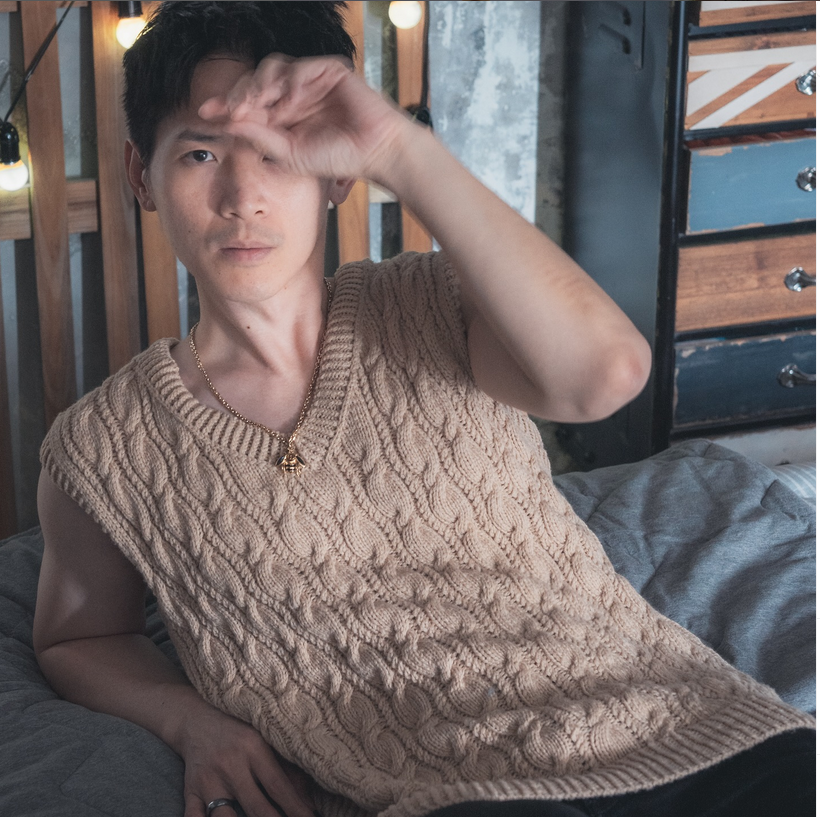
To be honest, I am still learning and shaping my ideas of how a unisex garment should be like. From very young we are told some colours or patterns are for boys and others are for girls, but I think in the fashion world, There are designers trying to erase that line such a J.W. Anderson, designer for LOEWE.
For me, my desire is clear that I want a garment to look nice on all shapes and genders, and that push me to think what elements look flattereing universally, which itself is an subjective view anyway because everyone has different taste and prefers a different silhouette.
Maybe it’s our traditional views on the material or the patterns? Girls like mohair and lace patterns – Boys like rough sheep wool?
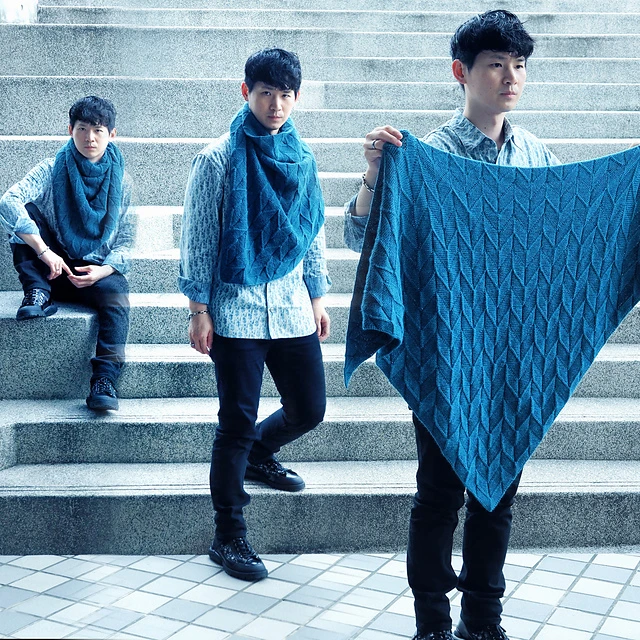
I try not to give myself too much limitation when I think about the unisex design, I want to use/wear mohair, I want to use/wear lace patterns, The only thing I will pay more attention would be the silhouette because the natural body shapes of man and woman are different and it’s quite challenging to design a silhouette that looks good on all shapes apart from oversized or boxy fits, But I am learning and I want to experiment and push boundaries.
One resource I love about unisex garment is watching Korean fashion, they seem to get it just right, at least for my taste. In Korea you see men wearing mohair sweater with bright colours or pullovers with lace patterns, which is very interesting because Korean society is very masculine. I often think about it and in the end I think it’s all about confidence: If you wear a garment with confidence, it doesn’t matter what colour or pattern it is, you can pull it off.
Thank you, Rastus, for these interesting insights on both of these quite special topics. I trust that your words will widen the horizons of my audience.
Thank you for the interview – f the chance is there I also want more people to learn about it.
What’s next in line on your design bucket list?
What’s to celebrate: I am so thrilled to be part of the crew of designers featured in Laine’s latest edition „52 weeks of accessories“ that has just been published a couple of days ago. My shawl Arrogami with its consecutive origami folds has a fresh, modern look and a 3-dimensional texture. Arrogami comes alive when light hits the collage of patterns and surfaces.
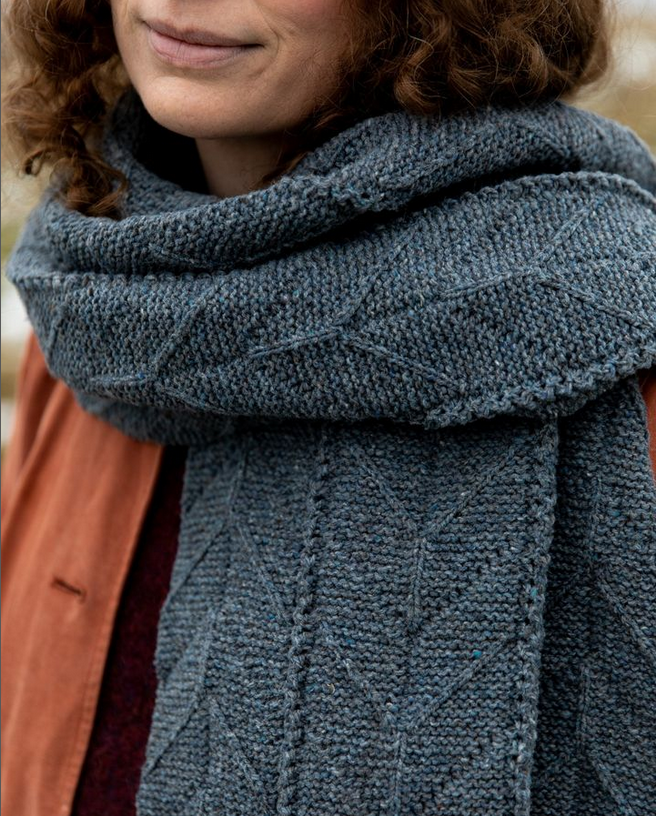
And there is more coming up – stay tuned on my channels!
Follow Rastus on his Social Media Channels:
Joining the link party of Sum of their Stories – Handmade Monday

